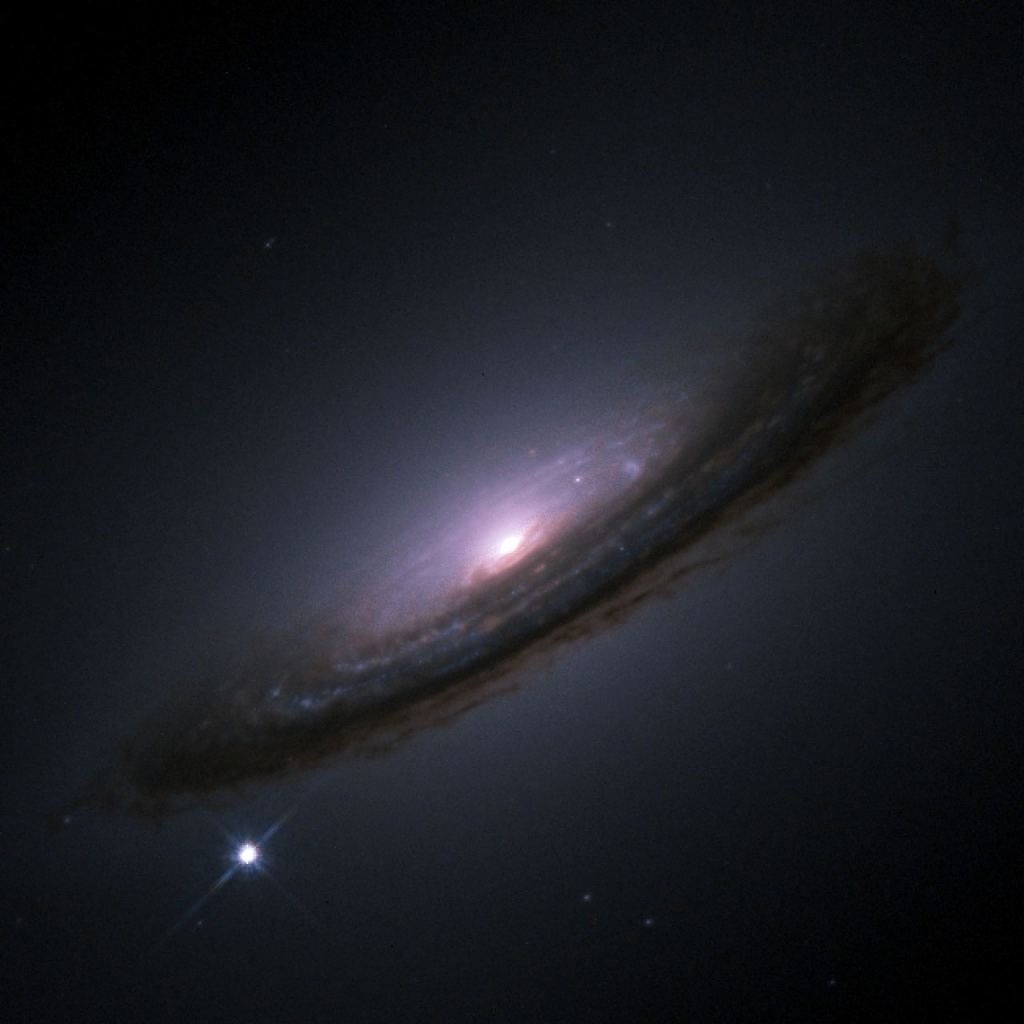Astronomy Jargon 101: Type-1a Supernovae
By Paul M. Sutter
In this series we are exploring the weird and wonderful world of astronomy jargon! Today’s topic is almost too hot to handle: Type-1a Supernovae!
Let’s say you have a binary star system, which is common enough. Let’s say that one of the stars is bigger than the other (happens all the time), and goes through its usual stellar life cycle faster. Eventually it dies, shedding its outer layers and leaving behind a white dwarf star.
After a considerable amount of time, eventually the companion star catches up in its own life cycle, swelling and becoming a red giant. Sometimes, that red giant becomes so large, and wanders too close to its dead sibling, that gas from the giant begins to pool on the surface of the white dwarf.
I won’t spoil it: a Type-1a supernova is about to happen.
White dwarf stars are funny things. They’re held up by exotic quantum forces, something called degeneracy pressure. This degeneracy pressure can keep the star together for ages, but it has a limit. If the star gets too heavy, the degeneracy pressure can be overwhelmed and the star collapses.
When stars collapse, they generally go boom. In the case of a Type-1a supernova, all the carbon and oxygen that make up the white dwarf find themselves a lot closer together than they prefer, which triggers a flash of fusion. That fusion releases enough energy to ignite more fusion, and before you know it the entire white dwarf has blown itself to smithereens.
One of the nifty side benefits of this process is that all Type-1a supernovae across the universe are pretty much the same. With only a little variation, it’s the same game every time. That means that these types of supernovae have roughly the same brightness, every time. Astronomers can use that fact to calibrate the distances to their host galaxies, enabling them to make truly enormous distance measurements.
The post Astronomy Jargon 101: Type-1a Supernovae appeared first on Universe Today.

November 12, 2021 at 01:40AM
via Universe Today read more...

Post a Comment